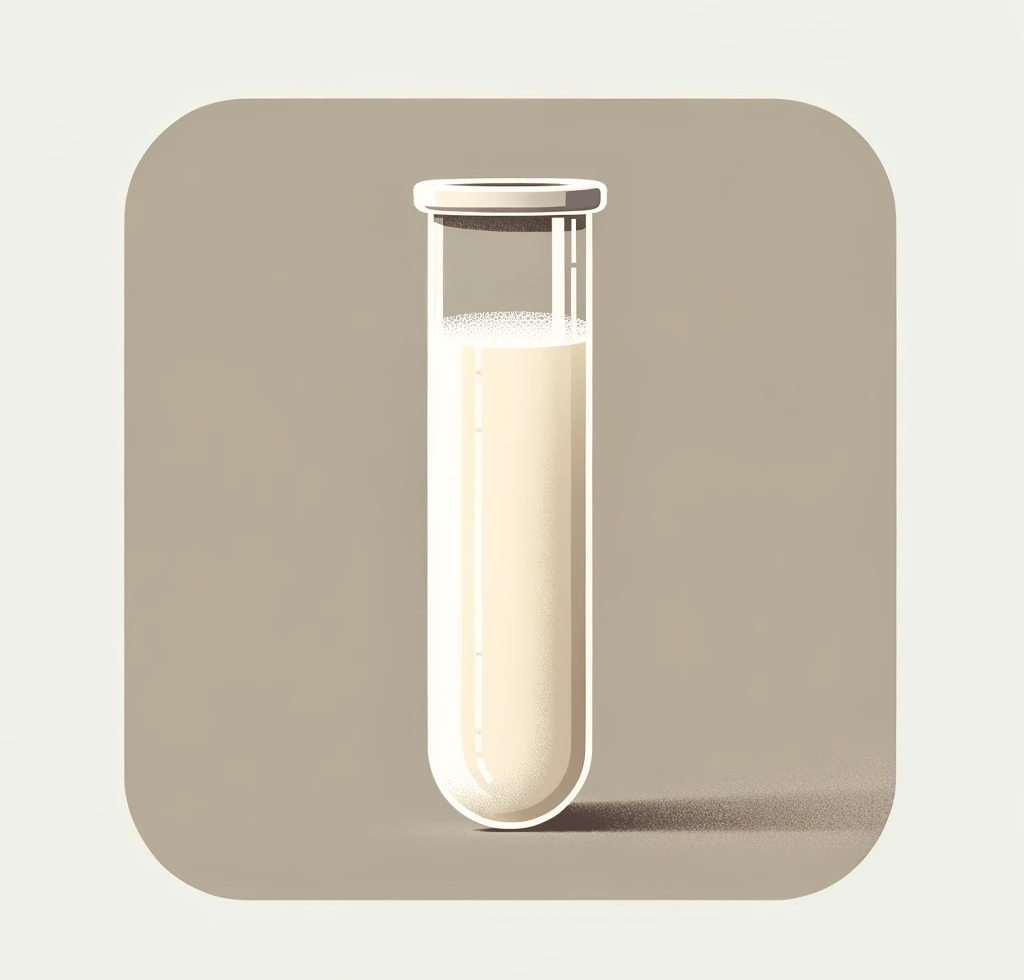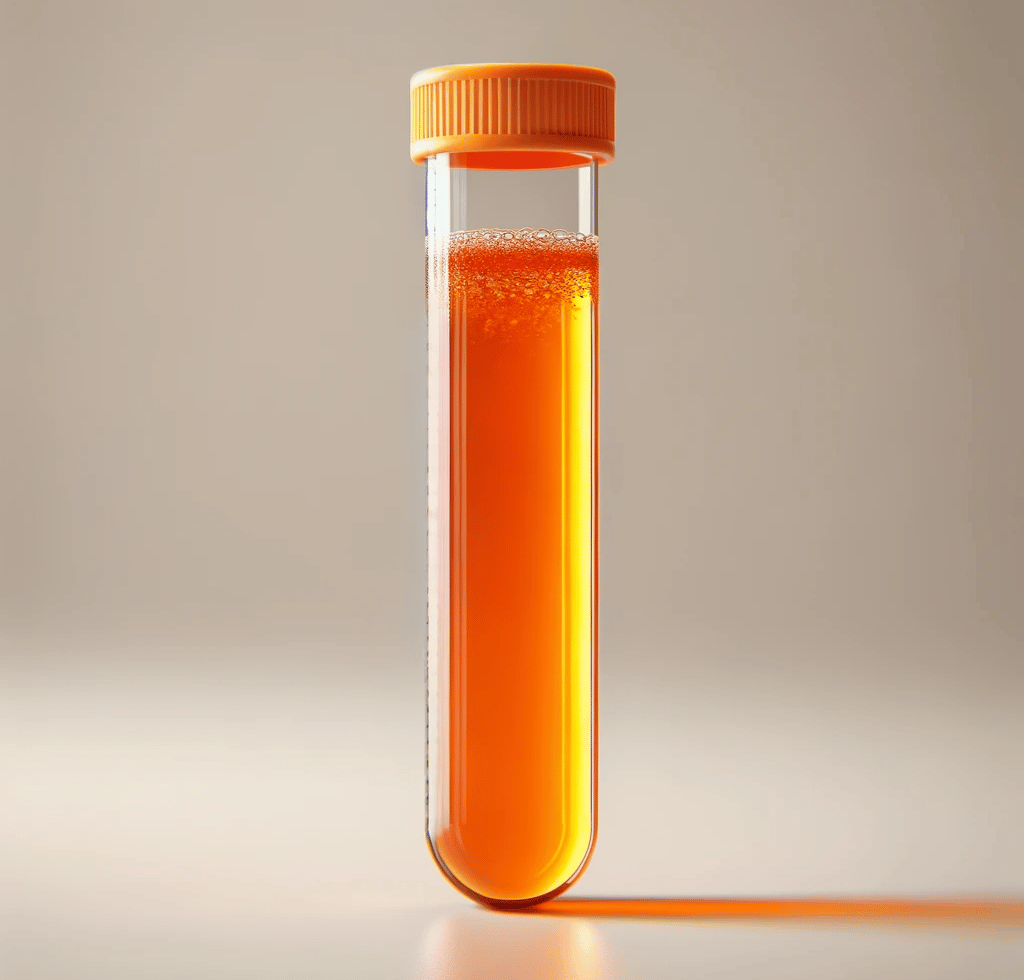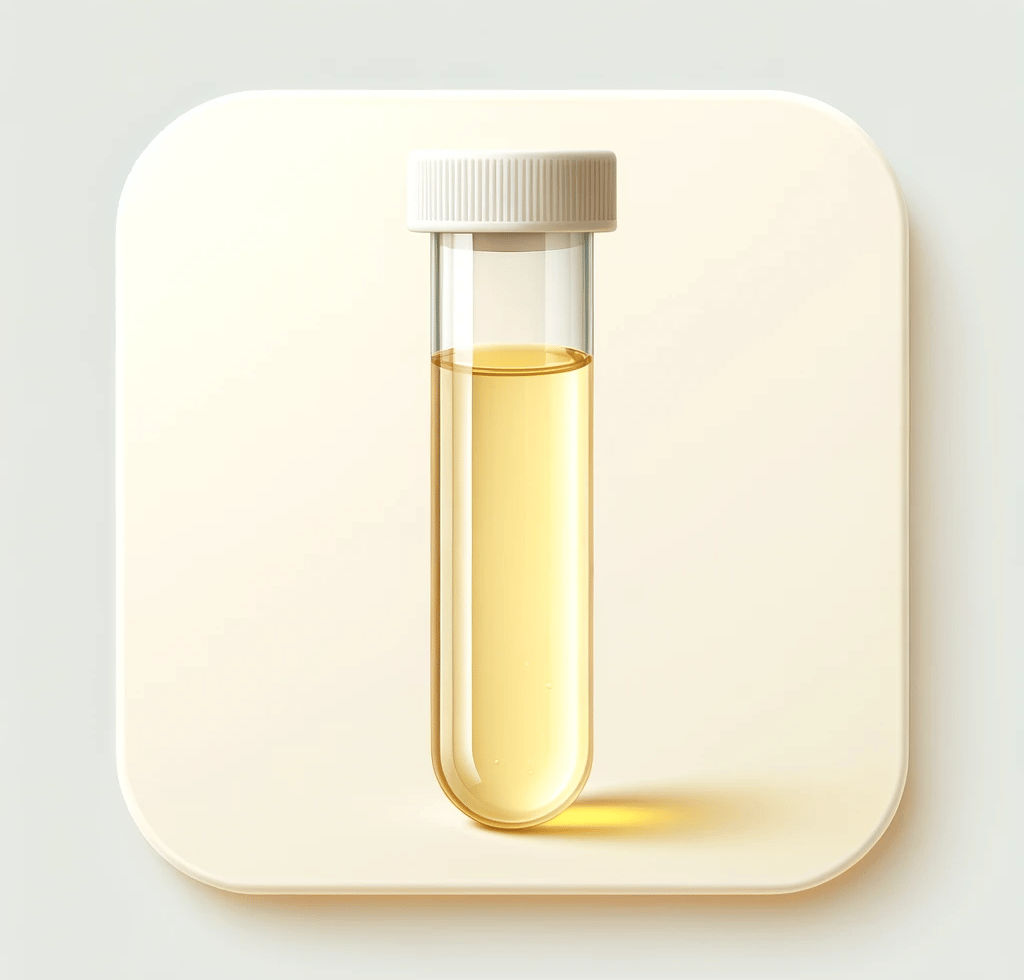Hello, fellow health enthusiasts and warriors in the fight against heart disease! As someone deeply passionate about combatting heart health issues, I want to shed light on a topic that’s often overlooked but incredibly telling – the color of our urine. Many of us don’t give a second thought to this daily occurrence, yet it can be a critical indicator of our heart’s well-being. In this comprehensive guide, we’ll decode the colors of urine and what they mean for your heart health.
Understanding the Urine Color Spectrum
Let’s start by understanding what’s considered ‘normal’. Typically, urine color can range from a pale, straw-yellow to a deeper amber, influenced primarily by our hydration levels, but also affected by our diet, medications, and overall health. Importantly, changes in urine color can signal more than just dehydration; they can be subtle indicators of heart health issues.
The 7 Urine Color Heart Disease Warnings
I’ll take you through the urine colors, ranked from least to most concerning in terms of heart health implications. This ranking is based on medical insights and should serve as a guide to better understand potential warning signs.
7. Foamy or Fizzy Urine: A Subtle Yet Significant Indicator

Starting our exploration at number 7, we encounter Foamy or Fizzy Urine. While it might seem inconsequential, the presence of foaminess in urine is a tell-tale sign of proteinuria – the abnormal presence of protein in the urine. This symptom, as highlighted by the National Kidney Foundation, is not just a renal concern but has profound cardiovascular implications. In over 37 million American adults suffering from renal dysfunction, proteinuria stands out as an early warning signal.
Cardiovascular Implications of Proteinuria
The connection between renal efficiency and cardiac function is well-documented and critical. Inefficient kidney function, as indicated by proteinuria, can lead to suboptimal removal of fluid and waste from the body. This inefficiency often escalates into hypertension, a major risk factor for heart disease. The American Heart Association notes that hypertension affects nearly half of the adult population in the U.S., many of whom are unaware of their condition.
The Need for Clinical Attention
Persistent foaminess in urine, especially when accompanied by symptoms like peripheral edema or unexplained fatigue, should be addressed medically. Recognizing and managing this early warning sign is essential for maintaining both renal and cardiac health.
6. Cloudy or Murky Urine: More Than Meets the Eye
At number 6, we delve into Cloudy or Murky Urine. Commonly dismissed, this urine characteristic can be a sign of urinary tract infections or kidney stones, both having significant implications for heart health. The connection is often underestimated, yet chronic kidney conditions can be a silent threat to the cardiovascular system.

Chronic Kidney Disease and Heart Risk
A study in the ‘Journal of the American Society of Nephrology’, involving over 1.2 million participants, revealed a strong link between chronic kidney diseases and an increased risk of cardiovascular events. The kidneys are crucial in regulating blood pressure and fluid balance, both vital for heart health. Chronic kidney issues can lead to hypertension and fluid retention, increasing the risk of heart failure and other cardiac complications.
The Need for Prompt Medical Evaluation
Therefore, the appearance of cloudy or murky urine, especially if recurrent, should prompt immediate medical evaluation for underlying kidney and potential heart issues.
5. Brown or Dark Cola-Colored Urine: A Liver-Heart Connection

At number 5, Brown or Dark Cola-Colored Urine emerges as a warning sign we should not ignore. Often associated with liver dysfunction, such as hepatitis or cirrhosis, this discoloration can indicate an accumulation of bilirubin, as noted in research from the World Journal of Gastroenterology.
The Liver-Heart Disease Link
The relationship between liver health and heart disease is intricate and significant. A landmark study in ‘The Lancet’, involving more than 4,000 individuals, established a clear connection between impaired liver function and an increased risk of cardiovascular disease. The liver is essential in metabolizing fats and maintaining healthy cholesterol levels. When liver function is compromised, it can lead to dyslipidemia, a key risk factor for atherosclerosis and heart disease.
Addressing the Underlying Causes
Therefore, the presence of brown or dark cola-colored urine, potentially indicative of liver issues, should be taken seriously as it could signal a heightened risk of heart-related problems. Addressing the underlying liver condition promptly is crucial to mitigate its impact on heart health.
4. Red or Pink Urine: A Warning Sign Not to Ignore
Number 4 in our list is Red or Pink Urine, a color that understandably causes concern. While dietary factors or medications can be benign causes, the presence of blood, known as hematuria, is a more alarming issue. The connection between hematuria and cardiovascular health is significant and well-established.

Cardiovascular Implications of Hematuria
A study in the American Journal of Kidney Diseases highlighted that patients with hematuria exhibit a higher prevalence of hypertension, a major risk factor for heart disease. With hypertension affecting around 45% of adults in the United States as reported by the CDC, this link is particularly concerning.
Underlying Conditions and Heart Health
Conditions like glomerulonephritis or kidney stones, which can cause hematuria, are also associated with an increased risk of cardiovascular events. The kidneys’ role in blood pressure regulation means that any renal impairment, signaled by hematuria, can directly impact heart health. Therefore, Red or Pink Urine, especially if persistent and unexplained by diet or medication, should be medically evaluated.
3. Orange Urine: A Dehydration Indicator with Cardiac Repercussions

At number 3, we find Orange Urine, commonly a sign of dehydration. Dehydration’s impact on heart health is profound and often underappreciated. Increased blood viscosity due to dehydration places extra strain on the heart.
Studies Highlighting the Risks of Dehydration
The European Heart Journal published a study showing that dehydration can lead to an increased heart rate and blood pressure. Even mild dehydration can trigger these effects, emphasizing the importance of regular hydration. The American Heart Association notes that chronic dehydration can contribute to hypertension, affecting an estimated 108 million Americans.
Recognizing and Addressing Orange Urine
Orange urine, particularly if recurrent and accompanied by signs like dry mouth or fatigue, is a call to action. It emphasizes the need to increase water intake and seek medical advice if the condition persists. Addressing dehydration is not just about quenching thirst; it’s crucial for protecting your heart.
2. Dark Yellow Urine: A Common but Crucial Indicator
Moving to number 2, Dark Yellow Urine might seem mundane but is a vital clue about heart health. This color is a classic indicator of dehydration, which affects not just kidney function but also has significant implications for cardiovascular health.

The Role of Dehydration in Heart Health
The American Heart Association has highlighted dehydration’s impact on heart function. Dehydration causes the heart to work harder to pump thicker, more concentrated blood. This can lead to an increased heart rate and potentially higher blood pressure.
Long-Term Effects of Chronic Dehydration
A pivotal study in the Journal of the American College of Cardiology involving over 20,000 adults found a correlation between chronic dehydration and increased blood viscosity. This study revealed that individuals with higher blood viscosity had a significantly higher risk of developing cardiovascular diseases. Chronic dehydration was linked to factors contributing to heart disease, such as arterial plaque buildup and reduced elasticity of blood vessels.
The Importance of Hydration for Heart Health
Thus, Dark Yellow Urine is a clear signal to hydrate, not just for kidney health but also for heart health. By maintaining a lighter urine color, you’re supporting both kidney and heart health, an everyday action with profound implications for long-term cardiovascular wellbeing.
1. Pale Yellow Urine: The Ideal Indicator for Heart Health

Reaching the pinnacle of our journey through urine color and its connection to heart health, we arrive at Pale Yellow Urine, claiming the number one spot. This hue isn’t just harmless; it’s the gold standard, signifying optimal hydration and kidney function, both of which are directly linked to heart health.
The Gold Standard of Hydration and Its Impact
Pale Yellow Urine is a beacon of good health. It indicates that you’re consuming an adequate amount of fluids, essential for the body’s overall functionality. The kidneys, when well-hydrated, can effectively process and eliminate waste while maintaining a balanced electrolyte profile. This balance is crucial for heart health.
Electrolyte Balance and Heart Rhythm Regulation
The Cleveland Clinic emphasizes the importance of hydration for keeping electrolytes like potassium and sodium in check. These are vital for regulating heart rhythm. An imbalance, often stemming from inadequate hydration, can lead to serious cardiac conditions, including arrhythmias or irregular heartbeats.
Statistical Evidence Linking Hydration to Heart Health
Delving into the broader impact, a landmark study in the ‘European Heart Journal’, involving over 15,000 participants, established a clear correlation between hydration levels, as indicated by urine color, and the risk of developing heart failure. Those with consistently pale yellow urine, reflecting proper hydration, showed a significantly lower risk – up to 9% lower – of heart failure compared to those with less optimal hydration levels.
Hydration as a Preventative Measure Against Heart Disease
This finding underscores the critical role of hydration, not just for kidney health but also as a preventative strategy against heart disease. Achieving and maintaining pale yellow urine isn’t merely about reaching a hydration goal; it’s indicative of a lifestyle that supports heart health.
Pale Yellow Urine: A Positive Affirmation for Heart-Friendly Lifestyle
Every time you observe pale yellow urine, it’s a positive affirmation that you’re on the right track, nurturing not just your kidneys but your heart as well. This optimal urine color is our number one not because it signals danger, but because it signifies proactive care for your heart’s health. It’s a small yet powerful step in the ongoing fight against heart disease, a testament to the impact of simple daily habits on our overall well-being.
Embracing Hydration for Heart Health: A Vital Conclusion
As we conclude our journey through the spectrum of urine colors and their implications for heart health, it’s evident that something as routine as urine color can be a profound indicator of our overall well-being. From the concerning signs of foamy or fizzy urine to the optimal pale yellow hue, each color tells a story about our body’s hydration status and, by extension, our heart health.
Remember, while urine color can be a helpful guide, it is not a standalone diagnostic tool. It’s essential to consider other symptoms and consult healthcare professionals for a comprehensive understanding of your health. The key takeaway is the undeniable importance of hydration, not just for kidney function but as a crucial element in maintaining heart health. By staying well-hydrated and mindful of changes in your urine color, you can take proactive steps in supporting your cardiovascular well-being. For more insights, please watch our informative video:
Now, let’s address some common questions that might arise on this topic:
FAQs
1. How accurate is urine color as an indicator of heart health?
- While urine color can provide insights into hydration levels, which affect heart health, it’s not a definitive measure. Other factors like diet, medications, and overall health also influence urine color.
2. Can certain foods or medications skew the interpretation of urine color?
- Yes, certain foods (like beets or berries) and medications can alter urine color. It’s important to consider your diet and any medications you’re taking when assessing urine color.
3. Should I be concerned if my urine color fluctuates throughout the day?
- Fluctuations in urine color throughout the day are normal, often reflecting changes in hydration levels. Consistent extreme colors or sudden changes should be discussed with a healthcare provider.
4. How can I ensure I’m adequately hydrated to maintain optimal urine color?
- Drink water regularly throughout the day, and pay attention to your body’s thirst signals. The color of your urine is a good indicator; aim for pale yellow. Also, consider factors like climate, exercise, and overall health.
5. Is there a direct link between dehydration and heart diseases?
- Chronic dehydration can strain the heart by increasing blood viscosity and blood pressure, potentially leading to heart diseases over time. Adequate hydration helps maintain healthy blood pressure and heart function.
In summary, while urine color can be a window into our health, it’s one piece of a larger puzzle. Maintaining a balanced, hydrated lifestyle is a simple yet effective way to care for your heart and overall health. Stay hydrated, stay observant, and always seek professional advice when in doubt about your health.





